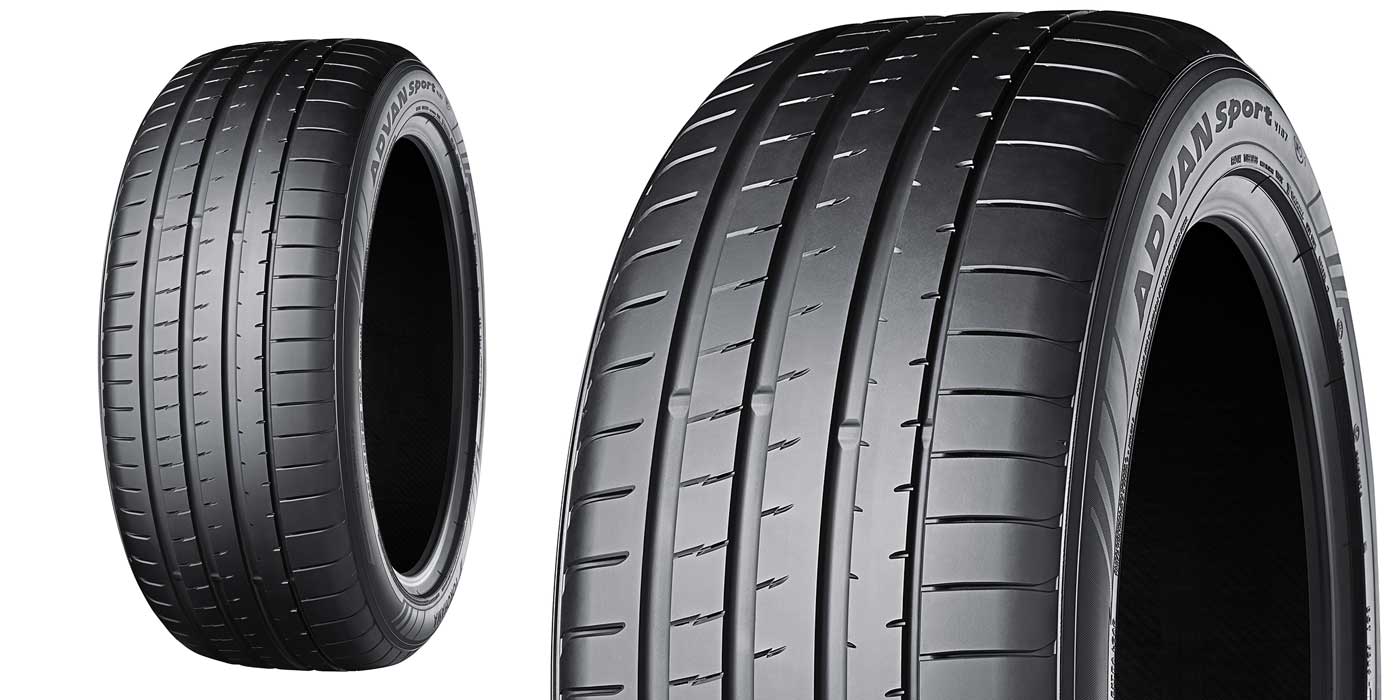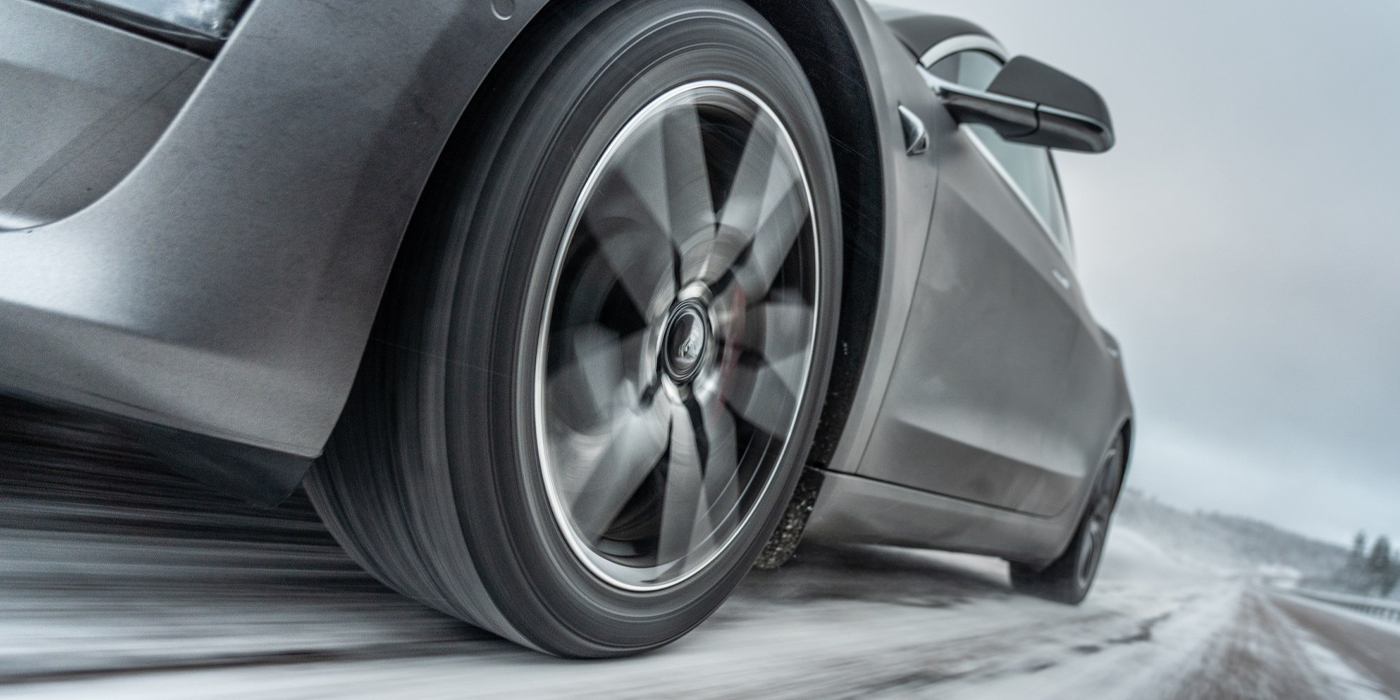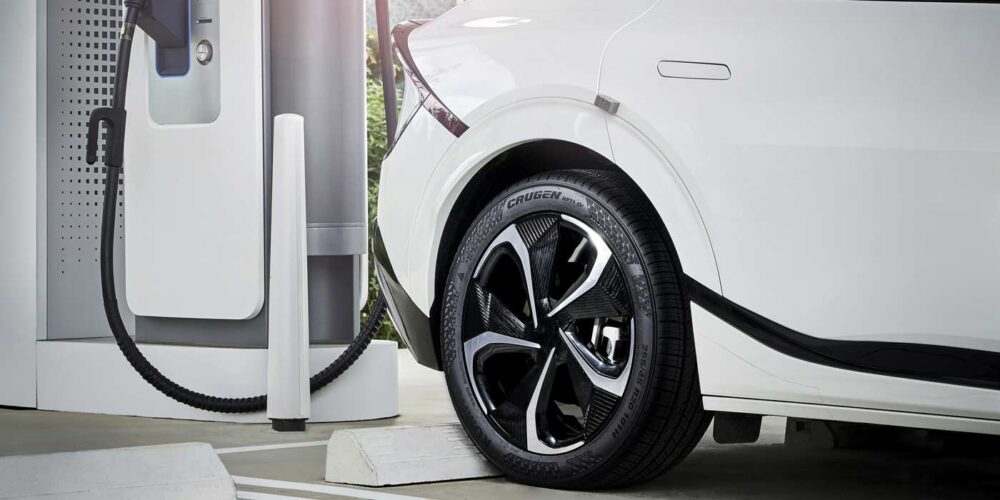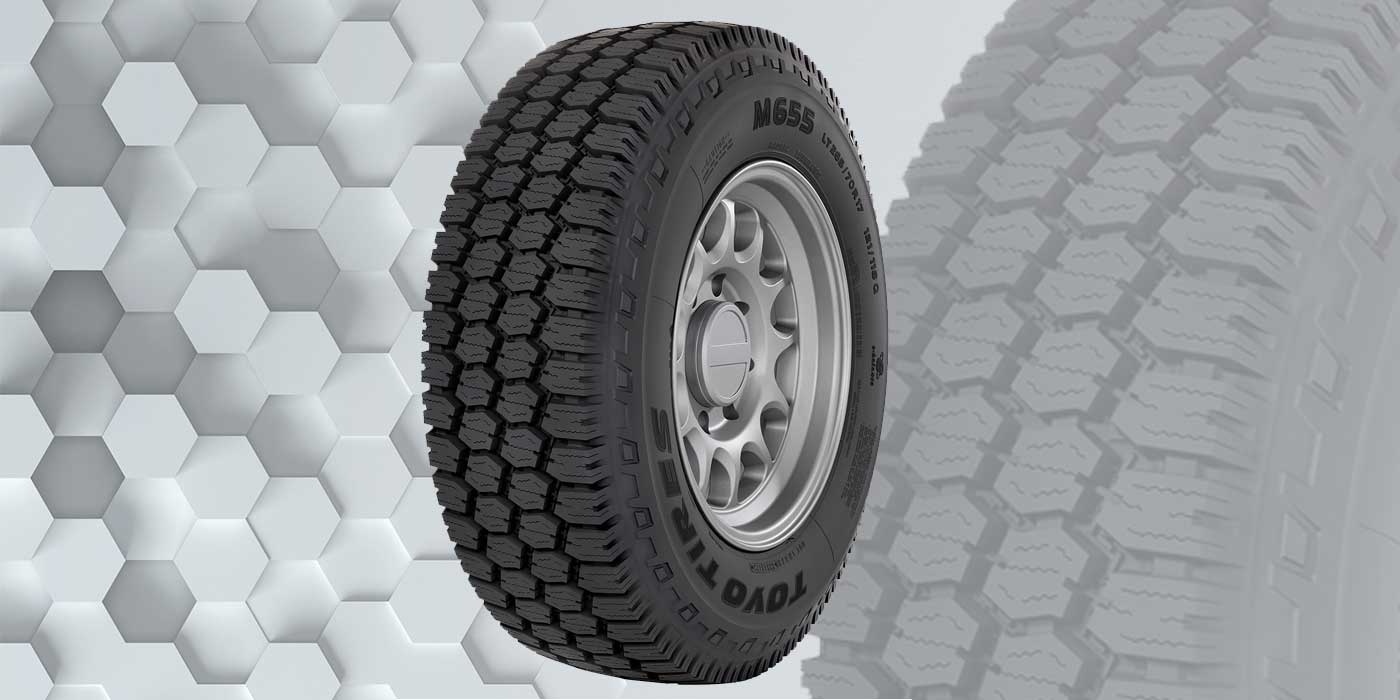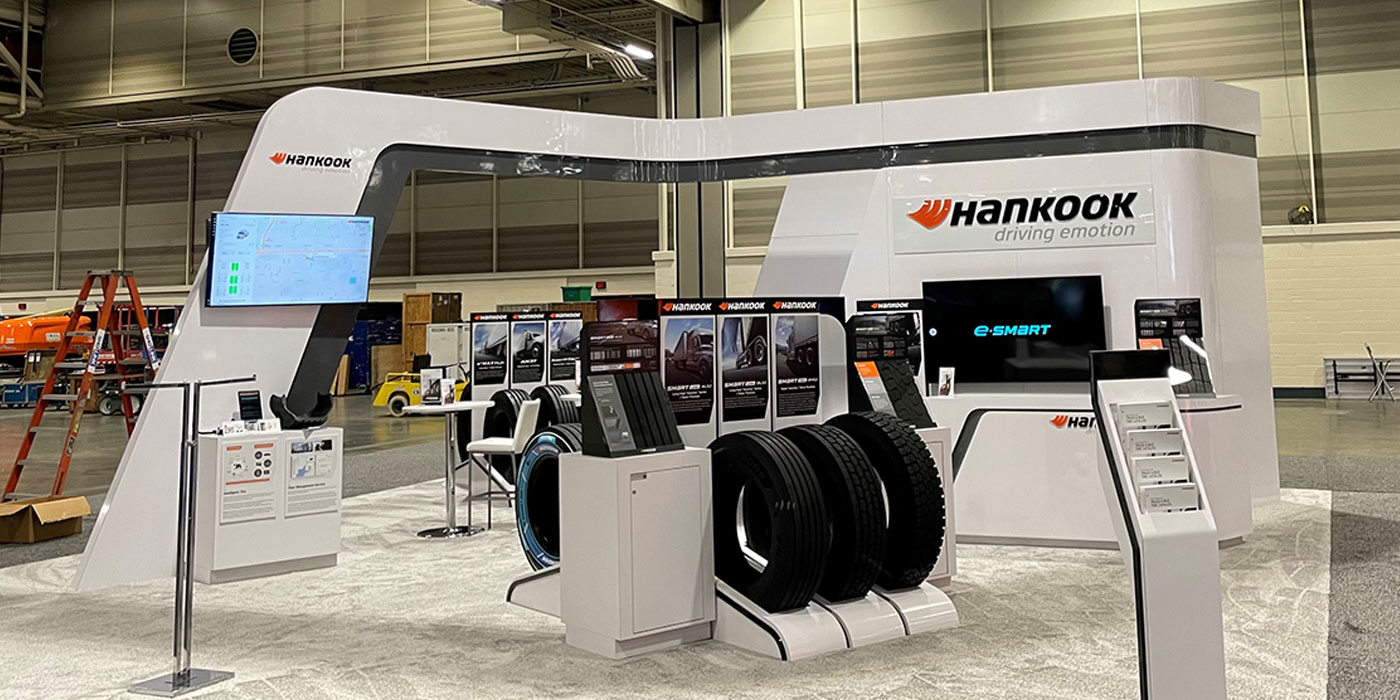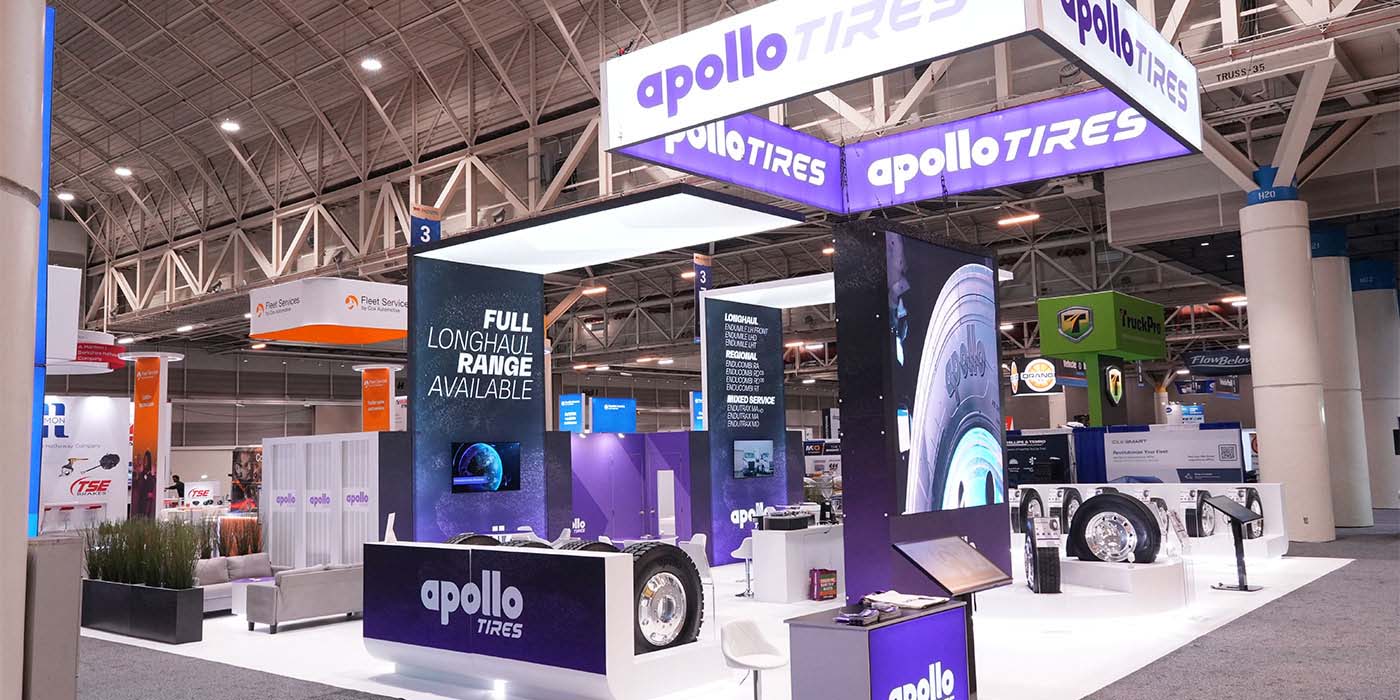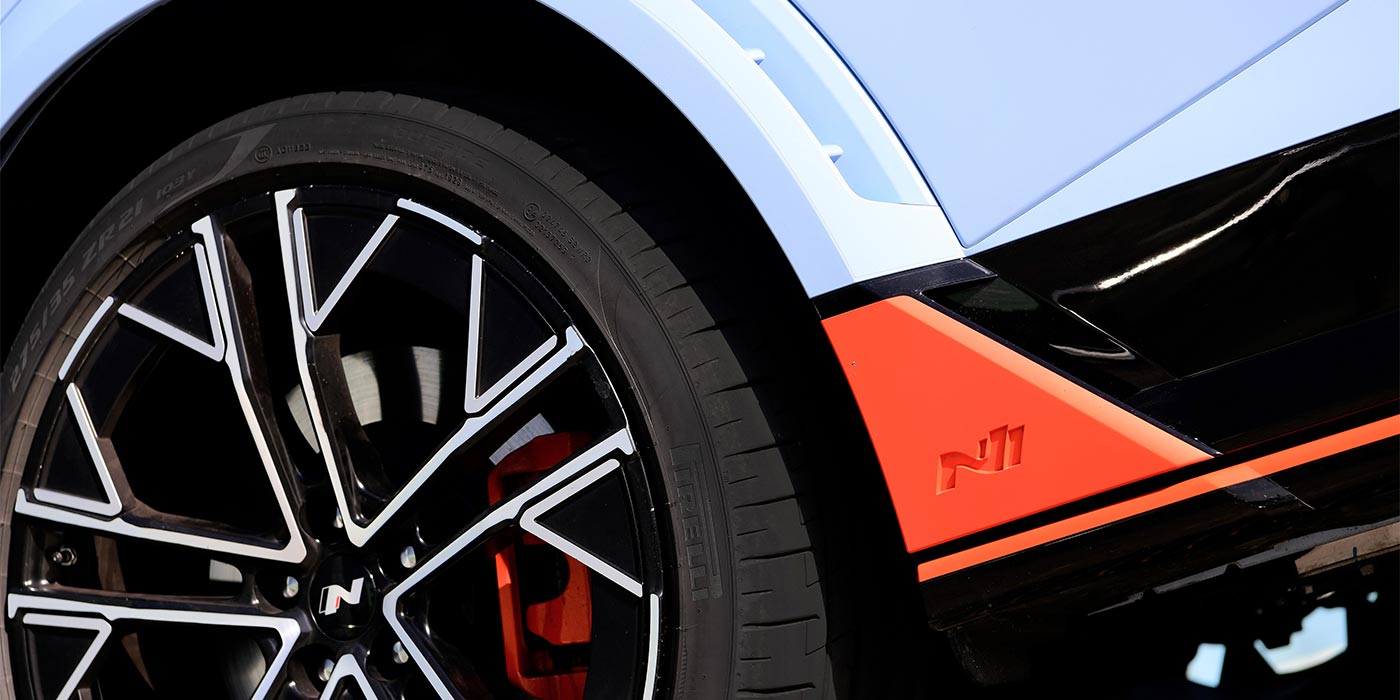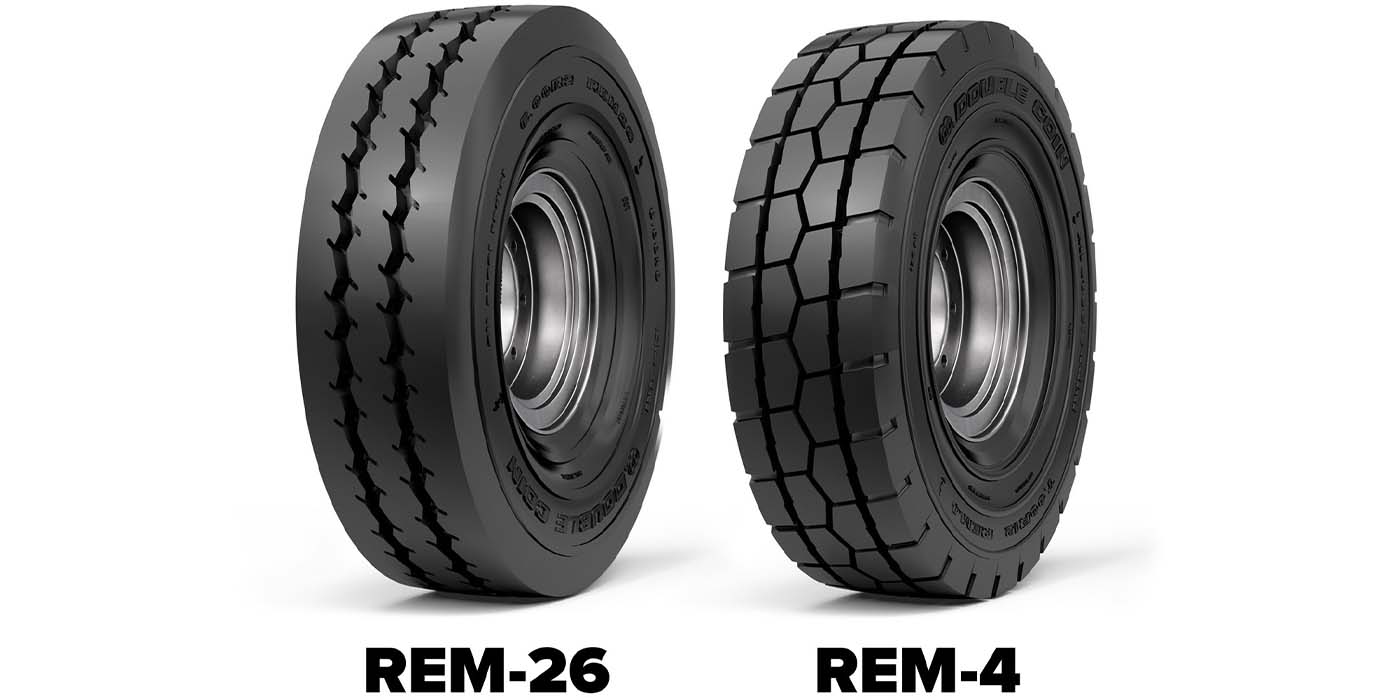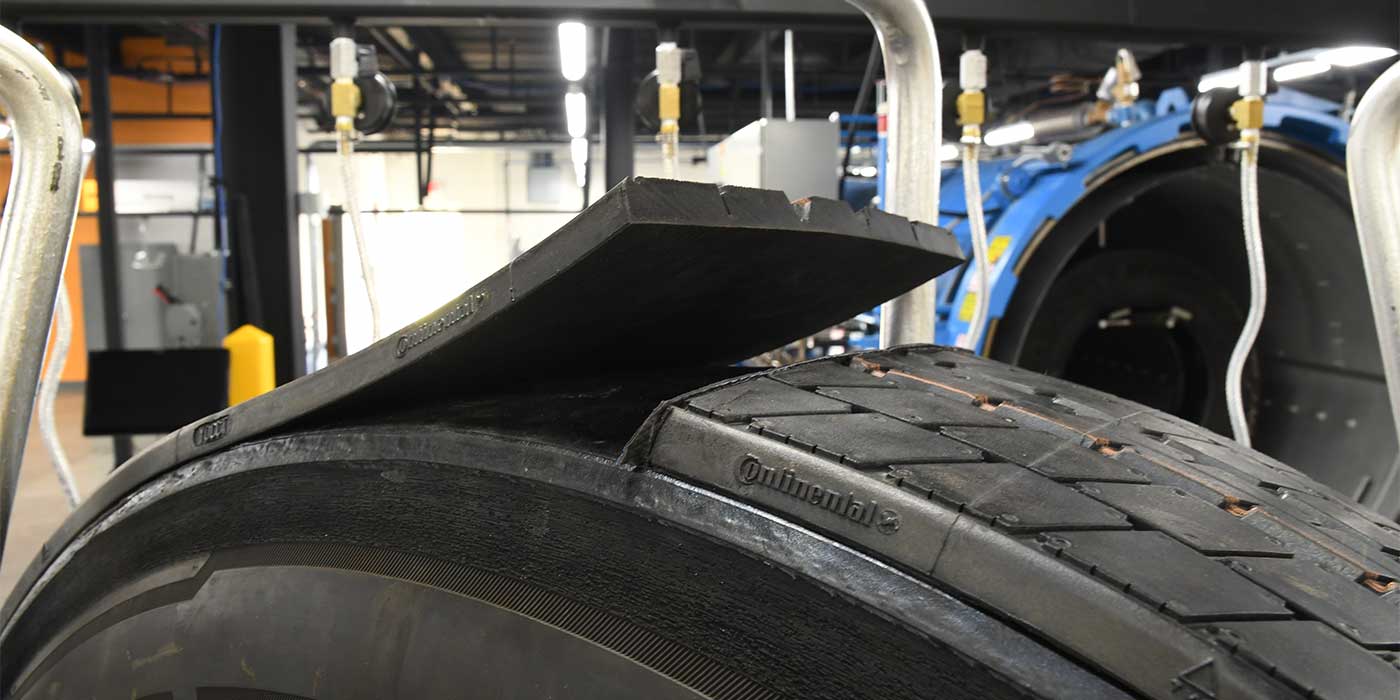Commercial fleets are in the business to haul freight, but cost burdens often knock all of the profits out of a job before the first mile.
Fuel continues to be a fleet’s number one expense item, with tires as number two. Fleets can do very little to control fuel costs beyond those things that improve on-road fuel economy. Because of this, fleets take tire programs very seriously and always evaluate their current programs to look for ways to further reduce tire costs. 
And with commercial truck tire prices continuing to climb, there is significant incentive for fleets to work with tire dealers to support efforts in optimizing their tire programs.
Fleets have many questions that need to be answered when determining the best way to save money through maximizing tire mileage, maximizing retreadability, increasing fuel economy and reducing roadside service calls:
Are those weekly or monthly tire inspections and air pressure checks useful?
What about measuring tread depths and recording tire mileage?
Is there any valuable information to learn from recording final tire tread depths and removal reason conditions?
Is it worth the time and effort to run a real world tire evaluation of Brand A vs. Brand B?
What about adding materials into my tires to improve ride and reduce punctures?
Driver Training
Drivers are obligated to do a morning vehicle walk-around, which includes tires. This inspection should be the early warning sign of any potential tire issue. Of course, this walk-around must be performed properly.
With the new CSA 2010 (Comprehensive Safety Analysis) program being implemented by the Federal Motor Carrier Safety Administration (FMCSA), this morning walk-around is even more crucial.
If a driver is pulled over by the highway patrol and they find worn-out, flat, damaged and/or underinflated tires, the driver will be penalized between 3 and 8 points. Those points stay with the driver for 36 months and can accumulate. Drivers who tend to change jobs frequently will want to keep a low safety score if they wish to be hired by a new trucking fleet.
These penalty points also go on the motor carrier scorecard, so there is significant incentive for both the fleet and the driver to ensure that tires are at or above the minimum tread depth and are properly inflated. Inspecting tires during a preventative maintenance cycle quarterly or even weekly is no longer an acceptable practice; tires need to be checked every day.
Fleets are looking to their tire professionals to help support their training efforts with drivers. Drivers need to learn how to read a tread depth gauge properly and even how to insert the gauge down inside the tread groove so it is not hitting one of those stone ejectors.
They also need training on proper tire pressure gauges. Using a tire thumper may help identify a completely flat tire, but thumpers cannot distinguish between a tire with 100 psi vs. one with 70 or 80 psi. As one expert in the market points out, these thumpers are as accurate at reading tire pressure as they are at determining oil levels.
Even the stick pressure gauges that are most common in the market can have serious accuracy issues. Brand new, out of the box, even the good gauges are only accurate to +/- 3 psi. And the older gauges can be really off, depending on the spring inside the gauge and the stick that protrudes with the tire pressure values. We have seen gauges that are just a few months old off by as much as 20 psi.
Evaluating Tires
With the plethora of tire makes and models, it is very difficult to decide which specific tire is best for each and every fleet application. Most fleets want to run their own tire evaluation and need support from their tire professional to make it happen.
A minimum sample size of 30 tires is recommended by the Technology Maintenance Council in order to run a statistically sound evaluation. This may sound like a relatively large number, but there are so many variables out in the real world – vehicle model, routes, loads, weather, road conditions, speed, vehicle alignment and the individual driver – that affect tire performance results.
There is nothing more discouraging than to run a tire evaluation for a year or more and find out that nothing was learned because of the variation in results due to a small sample size. If the fleet is very small, a lesser number would suffice, just as long it’s a significant percent of the total fleet.
Working with a tire dealer to understand these many parameters will help the fleet make a better decision on what tires it should be spec’ing. A local tire dealer can play a significant role in supporting a fleet’s efforts in running this kind of tire evaluation. Data will need to be recorded on a regular basis. Tires will have to be analyzed and wear conditions, tread depths, removal reasons and wheel positions must all be recorded into some sort of database.
Once the test is complete, the serious data analysis stage begins. Is Tire A the better choice for treadwear than Tire B on a specific make/model tractor when run at 100 psi? Is Tire B a better choice when it comes to pure fuel economy? Do you get more retreads on Tire A vs. Tire B? This is the sort of analysis that needs to be made after completion of a real-world field evaluation.
Cost per mile is the bottom line for fleets when determining which tire to purchase. Even if Tire A costs initially $50 more than Tire B, if the fleet gets more miles and better fuel economy with Tire A, then this tire is likely the tire of choice because cost per mile would be lower.
Commercial trucking fleets are educated end-users and will seldom purchase a tire just because of its initial buying price.
Other Testing
Fleets also need support in determining the optimum tire pressure for their tire programs, since it has a large impact on treadwear, traction and fuel economy. Tire pressure is always based on the worst-case load scenario. Tire load/inflation tables determine what pressure matches which load. These tables are readily available on tire manufacturers’ websites. The idea is to get the best tire footprint in order to minimize irregular tire wear while maximizing traction and fuel economy.
Many fleets still want to specify a single pressure spec for all steer, drive and trailer tires – a very wrong assumption. Tire dealers may discover based on those worst-case load scenarios that 105 psi is best for the steer tires, 95 psi for drive tires, and 80 psi for the trailer tires. Fleet and driver education will convince the motor carrier that different recommended pressures are necessary depending on the specific wheel position and actual tire loads. Spec’ing the correct tire pressures will reduce costs while maximizing tire performance at the same time.
Fleets simply do not have the time and resources to design and maintain the best, low-cost tire program. That’s where tire professionals come into play – by working day-to-day with fleets to ensure success in keeping a low tire cost per mile and an optimized tire program.

